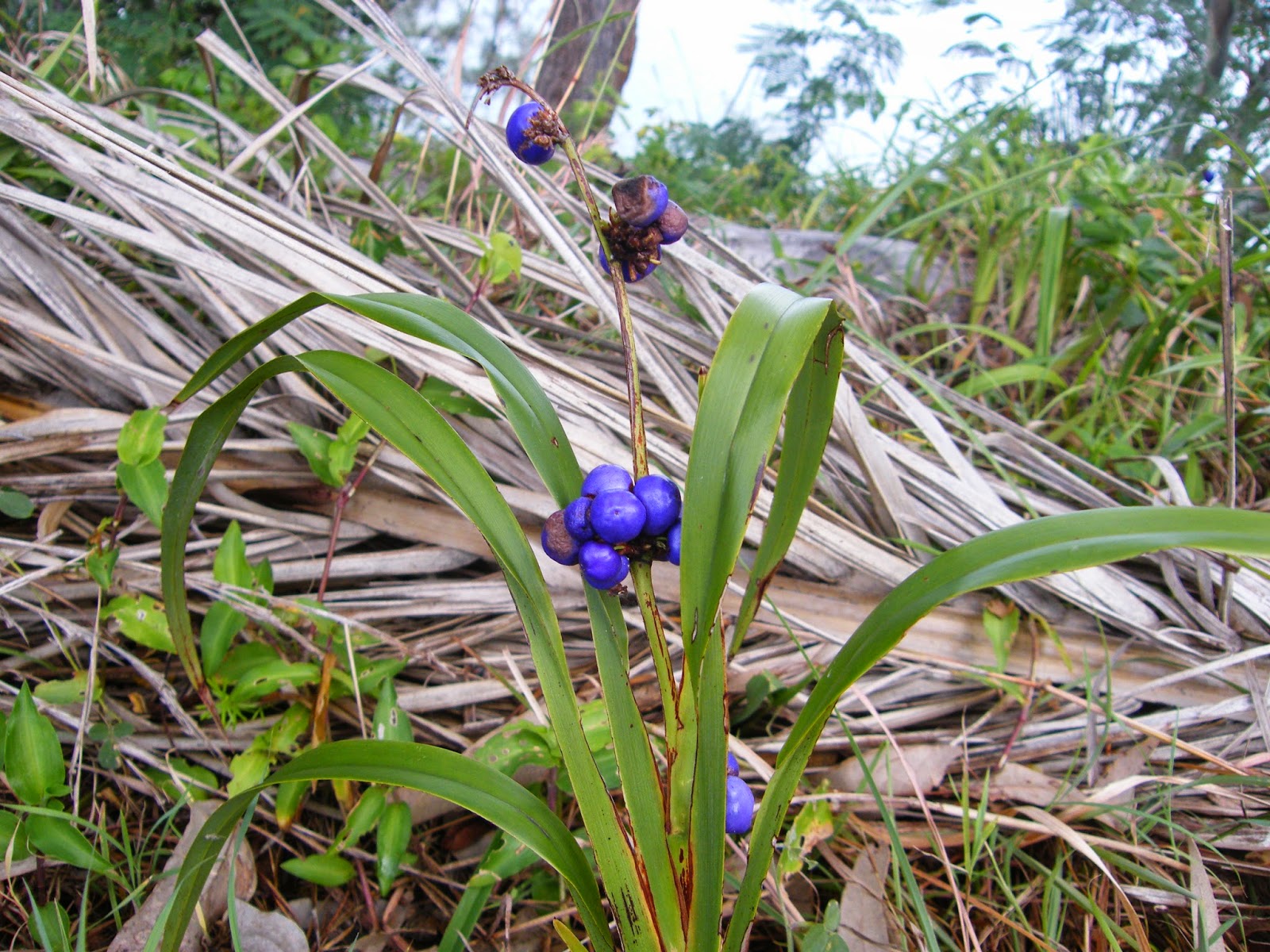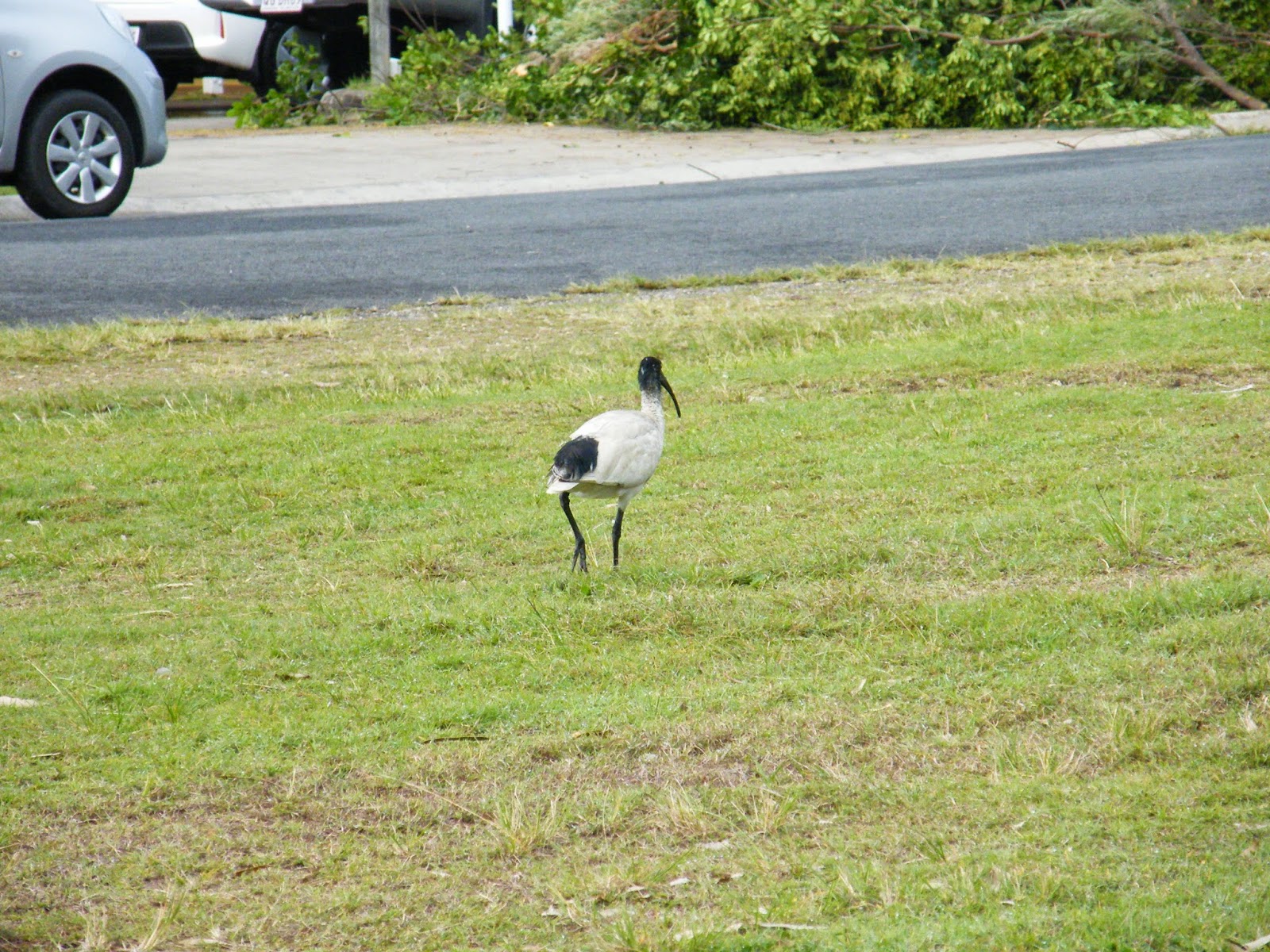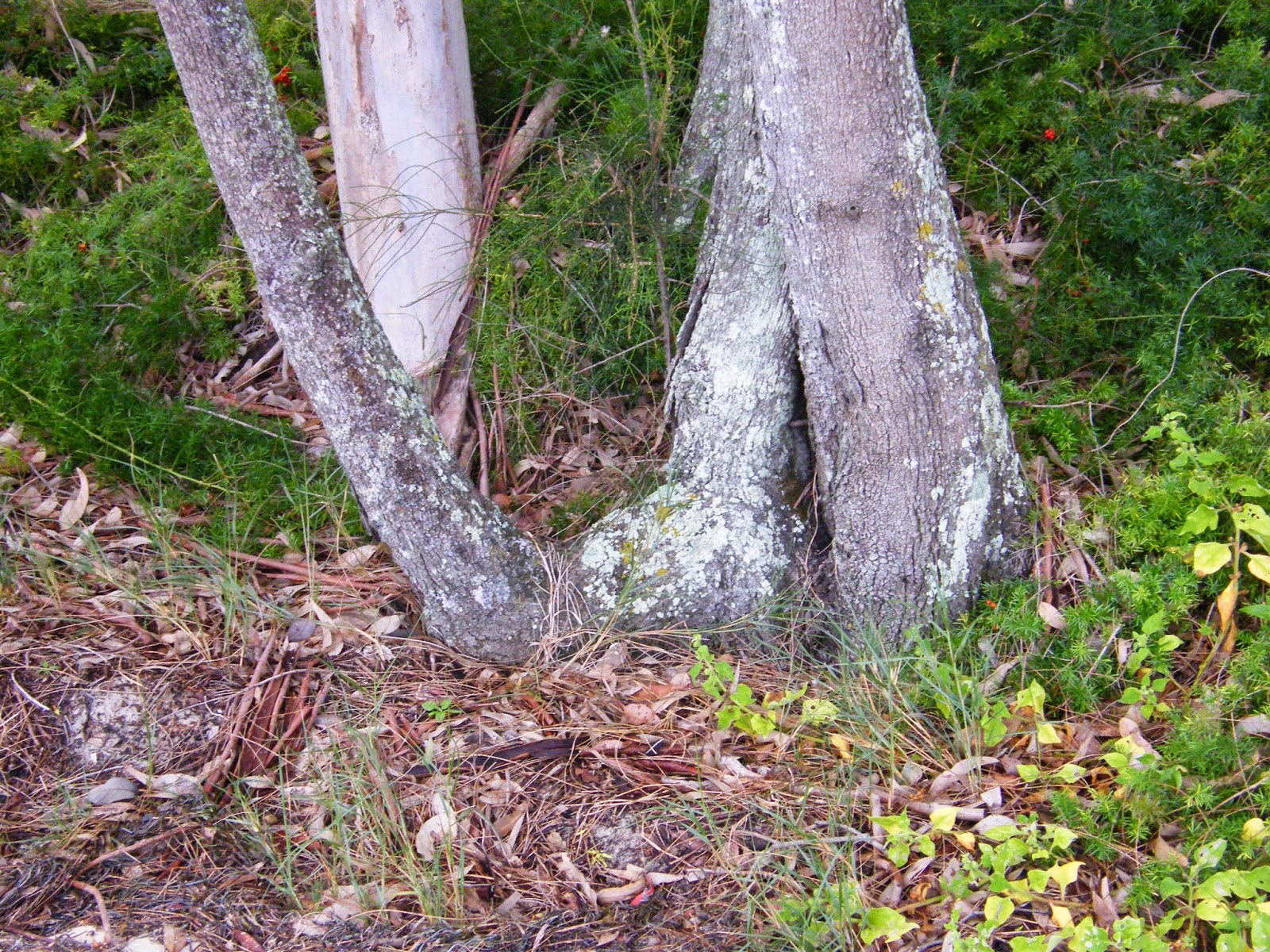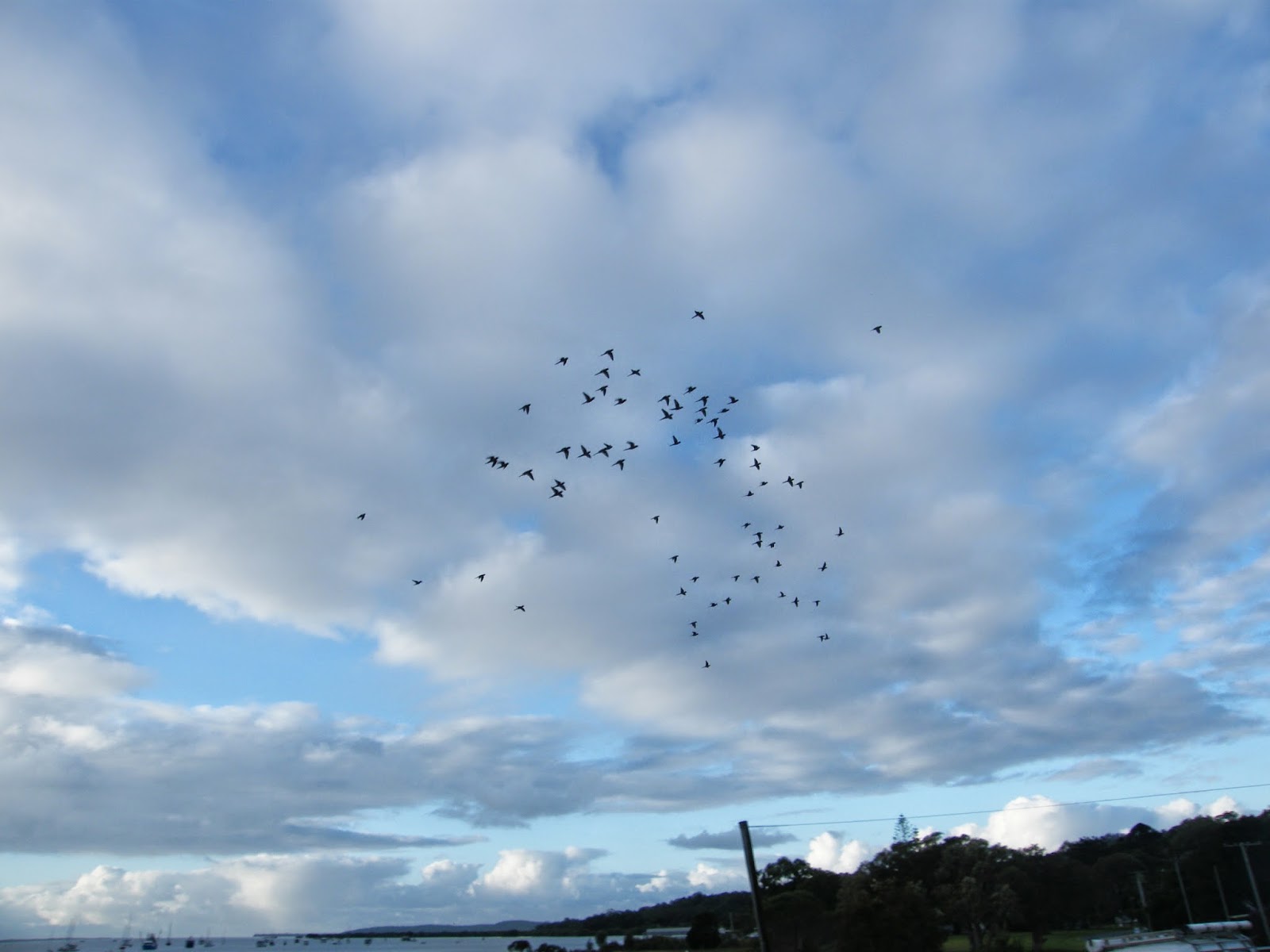Today has been a GREAT day!!
The morning itself was quite uneventful, however the
afternoon and evening have been very fun.
The day started off bloody early with tossing and turning
from 1am and finally getting up at 2:30.
I woke Dave at 3 and he was kind enough to drive me to the airport
before heading back home for (I hope)
another hour or two of sleep. (Thanks honey!!!).
My fellow biology 529 (Tropical Marine Conservation Practice
through Victoria University of Wellington) peers trickled into the airport
slowly, all of us bleary eyed from the early morning. We were given our course notebooks by the
professor, checked in, sat around, went through passport security, sat around,
and then finally boarded a plane for Brisbane.
The flight was uneventful and was operated by Virgin
Australia. Fortunately, our flights were
booked through Air New Zealand; so our hot (gross) breakfasts were free as were
the in-flight wireless tablets that they use for entertainment. While I slept through the distribution of the
tablet entertainments, you can be sure that I didn’t pass up the free food
before returning back to crazy airplane dream time.
 |
| Edible berry |
We arrived in Brisbane in low clouds and mist, so there was
no Great Barrier Reef feel to the place.
The water was dark though brown patches of shore could be seen. The initial view of what seemed like endless
mangroves was quickly marred by the appearance of two large pits and cleared
flats of holding ponds. Mining I assume. The airport also occupied a large area of
previous mangrove forest. However, there
certainly did seem to be plenty of green mangroves tops to be seen.
 |
| Pelicans |
There was a lot of standing around while we waited for our
professor and his assistant to collect our rental vans. This worked to our advantage, as most
everyone was able to make it through the long coffee line to get a much needed
caffeine fix. A short van ride later and
we had made our way through the Australian suburbia of houses, shopping malls,
and gum trees to the ferry departure point of Cleveland.
The warm, moist Australian air was lovely after the cold New
Zealand winter and the colder air conditioning of the van. We were treated to a good view of mangroves,
pelicans, and shags as we wandered the top deck of the ferry. We found shelter below, however, as we caught
up to the rain.
 |
| Biol 529 crew on ferry |
We departed the ferry at Dunwich on North Stradbroke Island
and drove to the base that will be our home for the next 5 nights: Moreton Bay
Research Station. It’s a station
maintained by the University of Queensland that is made available for
researchers and school groups both nationally and internationally. We well have catered breakfast, lunch, and
dinners and share small dorm rooms containing 2 bunk beds. Between every 2 rooms is a shared
shower/toilet.
 |
| Cultural midden (ancient rubbish site) |
 |
| Ibis in the lawn before it wanders down the center of the street |
There are several lab/lecture rooms available at the
station. While we’ll be busy getting our
hands and feet wet in the field, we will also be spending several hours a day
in lectures learning about the ecosystems we will be studying.
The highlight of the day comes from two things.
First: the people on this trip are great. I knew they would be; I mean we’re all here
for the purpose of higher education and marine conservation. But I was really worried that not knowing
anybody would be super awkward. However,
it’s been so easy. There are 5 girls and
8 guys among the students. I was
fortunate that my dive partner from my Wellington dive last weekend knew a girl
coming on this trip. We clicked
immediately over our mutual acquaintance.
However, the whole group was bonded over our shared early morning pain. Separating into smaller groups of two vans from
Brisbane helped everyone get to know each other even better. It’s been a TON of laughs.
 |
| Throwing boomerangs |
 |
A boomerang waiting to be made (the natural shape is
in the crotch of the tree) |
The second highlight of the day, and the point where I felt
truly happy and blessed to be here, was walking the foreshore with a cultural
guide. North Stradbroke is home to an
aboriginal tribe and we spent several hours with a very knowledgeable and
personable descendant. He told us the tribe’s history, showed us
many edible/medicinal/useable plants, and talked to us about how they tracked
the running of the fish. It was just so
peaceful and relaxing walking along the park and beach as rosellas flocked in
the gum trees (eucalyptus). Ibis
wandered into the middle of the street and galahs perched on phone lines. Gigantic black crows the size of Alaskan
ravens stalked the trees.
Our guide took out a collection of boomerangs and we had a
right good laugh having a couple of goes at throwing them (I did POORLY!). Our guide then took us to his house where he
showed us a collection of various boomerang and hunting spear types as well as
a myriad of many other tools of everyday tribal life. He gave us an amazing didgeridoo performance
(mimicking the laugh of the kookaburra splendidly), taught us how to make (and
transport) fire, and then painted the faces of two students with the traditional
stingray pattern used by him and his daughters when they perform dances.
 |
| Rosellas in a tree |
 |
| Rosellas in the sky |
We ended our day back in the lecture theatre learning about
the multitude of organisms that could kill, maim, poison, or just plain hurt us
while we’re in the water. While it is a
bit of a scary list (cone shells, blue ring octopus, stonefish, blue bottle
jellies, sharks, festering cuts from coral scrapes, etc, etc), most of the
organisms are rare or can be avoided by shuffling your feet in the water and
paying attention....and not harassing the animals! The guideline is, if you don’t know what it
is, don’t touch it. But really – why would
you need to touch it even if you know what it is?
I’m off to bed now.
It’s now 11pm and it certainly feels like it’s been a long day. We’re up for breakfast at 7:30 tomorrow, followed
by a lecture at 8 on sea grass. We
should be out exploring actual sea grass beds by 9! While it’s highly unlikely, it’s thoroughly
possible we might see dungongs!!! (think manatee relative).
